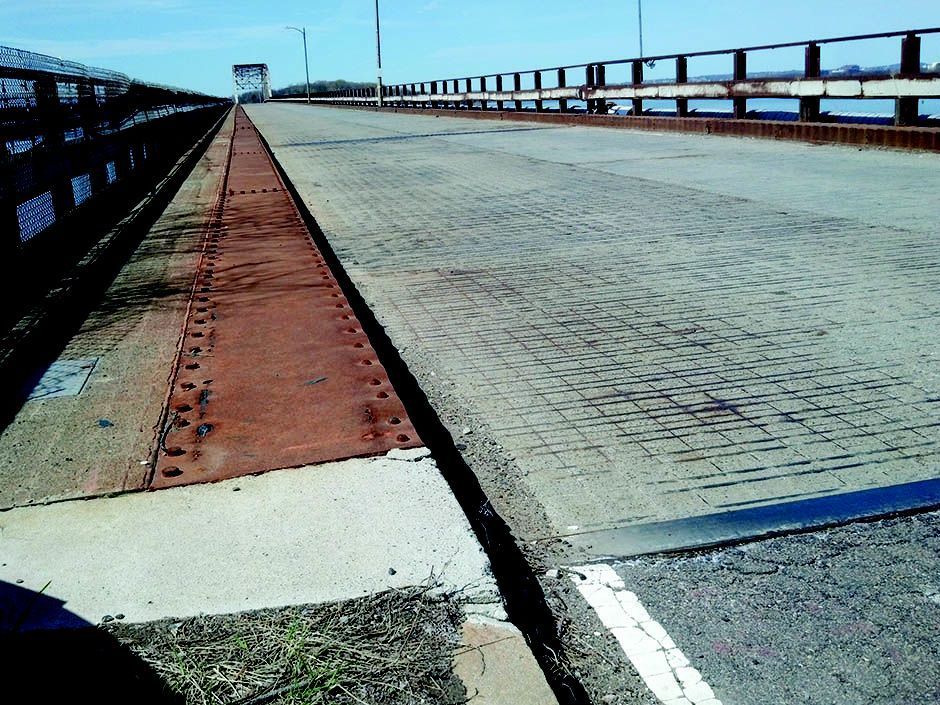By Aimee Ortiz
BOSTON, Mass.—On Monday 15 December, Mayor Martin J. Walsh announced the location of a new homeless shelter for Boston – a building at 12 Southampton St. in the Newmarket area.
The news came after the city had stopped plans for a shelter on Frontage Road in the South End and over two months after the closing of the Long Island Bridge.
“This is going to be fast-tracked,” said Walsh, according to the Boston Globe.
Walsh also announced that 100 people will be able to move into the shelter as early as mid-January, and ongoing renovations mean that the building will be able to accommodate 490 people come April.
The 45,000 square-foot building currently functions as a sign shop for the Boston Transportation Department. As such, it lacks showers and enough bathroom facilities. According to WBUR, Walsh plans on having the construction take place in two phases. The first phase will allow for the mid-January opening.
“A four-week build-out phase so we can open up to handle the 100 people overflow, so we don’t have anyone dying in the streets on us,” said Walsh.
Walsh’s plan has been welcomed by the city, with many calling it a step in the right direction. However, others have criticized the mayor’s slow reaction to the Long Island Bridge closing.
“The sudden need to find emergency shelter for hundreds of homeless men and women would present a tough challenge for the most experienced big city mayor, never mind someone with just a year on the job,” said Lawrence Harmon of the Boston Globe. “But Walsh’s initial instinct was right — erect a temporary shelter at the lowest cost in the shortest amount of time possible. His mistake was allowing analysis paralysis to set in.”
It is still uncertain if this location will be the site of a permanent shelter. Meanwhile, the city has yet to find a location for the Long Island addiction treatment programs.
What we know
The Long Island Bridge ordeal has been going on for over two months, and here’s what we know of the situation:
Four hundred and fifty people were displaced on 8 October when city officials condemned the Long Island Bridge, the only accessible way of reaching the city’s largest shelter.
The shelter had housed half of the city’s detox beds and 15 programs such as recovery, transitional and re-entry services. Additionally, residents of Long Island were given only four hours notice to collect their belongings and leave.
A previous Spare Change News (SCN) article detailed the complaints that some former Long Island residents had with regards to the short notice, asking “why not 24 hours?”
The answer – a murky form of they said/we said between the city and Massachusetts Department of Transportation – has yet to provide any real insight on how the decision was made or why bridge maintenance had been neglected.
It should also be noted that Walsh had originally called for a modular building on Frontage Rd., but the plan was eventually taken off the table. Coincidentally, Walsh and private backers of Boston’s 2024 Olympics bid included the Frontage Rd. land in their pitch to the US Olympic Committee.
The effects
And while temporary shelters have been set up to accommodate the ex-residents of Long Island, these makeshift places fail to live up to the standards of a proper shelter.
Currently, roughly 250 men are housed at the South End Fitness Center (SEFC), which is run by the Boston Public Health Commission. At the SEFC, the men are given two sheets and blankets for their beds. The facilities also include six toilets, two urinals and one communal shower (six heads) for all the men.
“The [roof] leaks, it’s cold, hard to stay warm, people sleeping on mats on the floor,” said Jesse Maxwell in a previous interview with SCN.
The four dozen women staying in the atrium of the Barbara McInnis House, are allowed to spend the night but must leave by 6 A.M., when they must find somewhere else to bathe and eat.
With tightly cramped quarters and limited beds, concerns have been expressed over health issues, especially heading into the cold and flu season.
But for Boston, homelessness is an issue much larger than just Long Island Bridge. A recent report states that Boston has the highest homeless population of 25 cities surveyed, beating out places like Los Angeles, Washington D.C., and San Francisco.
Titled the “Hunger and Homelessness Survey,” the report is a “status report on Hunger and Homelessness in America’s Cities,” and was released by the United States Conference of Mayors.
It includes such important statistics as the fact that a quarter of Boston’s homeless population have jobs and that 22 percent of the demand for emergency shelter goes unmet.
Additionally, homelessness is rising faster in Massachusetts than in other states. A Boston Globe article from October stated that the homeless population in Massachusetts has risen a total of 40 percent since 2007.
The construction of the new shelter at 112 Southampton St. represents the city’s first action towards stability for its homeless population, but as winter approaches, that such help cannot come fast enough.
Meteorologists are already predicting a harsh and stormy winter for 2015, meaning that for the homeless, 10 weeks might be too late.

Leave a Reply
You must be logged in to post a comment.